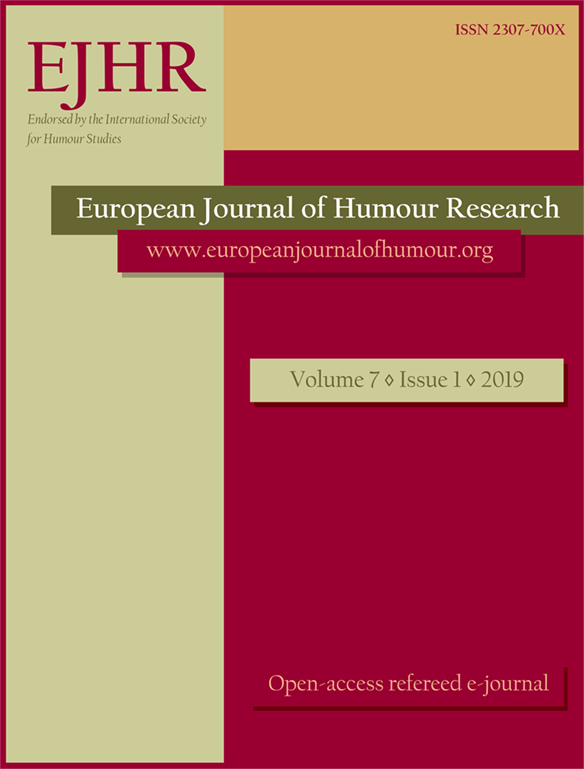Abstract
Audiovisual productions are increasingly featuring multi-ethnic communities which also reflect today’s globalised world. Characters in both films and TV series are often depicted as having a bilingual background and heavily relying on code-switching to express their bicultural identity (Monti 2016: 69). As such, this phenomenon poses important challenges for its translation, especially when dubbing is involved. Using this audiovisual translation (AVT) mode involves a necessary technical manipulation(Díaz-Cintas 2012: 284-285). As for Italian dubbing, multilingualism has often undergone a process of neutralization (Pavesi 2005: 56) or local standardization (Ulrych 2000: 410), although recent dubbed films have proved to be geared towards a more faithful rendering of this important feature of the source text (Monti 2016: 90).
It should be borne in mind that contextual factors, such as genres, may play a fundamental role in deciding whether to retain or neutralise multilingualism in AVT, especially when it is used for humorous purposes. In those cases, the perlocutionary function of the ST should be considered (Hickey 1998; cf. also Zabalbeascoa 2012: 322). Comedy can make use of multilingualism to entertain and the American mockumentary (or docucomedy) Modern Family(Christopher Lloyd and Steven Levitan, 2009-2019), is a striking example in this sense. It follows the lives of Jay Pritchett and his family in suburban Los Angeles. Linguistically speaking, the most interesting character is Jay’s second wife Gloria Delgado, a young and beautiful Colombian woman who often code-switches or code-mixes English and Spanish (with a marked Colombian accent), thus creating moments of pure comedy. Hence, this study investigates how Gloria’s humorous and multilingual persona has been transferred into Italian. The analysis confirms the current tendency of Italian dubbing to render otherness in the TT (Monti 2016: 89). This may be justified by the genre and scope of the programme, that allow for a more innovative transfer of vernacular matching via what I propose to call functional manipulation.
